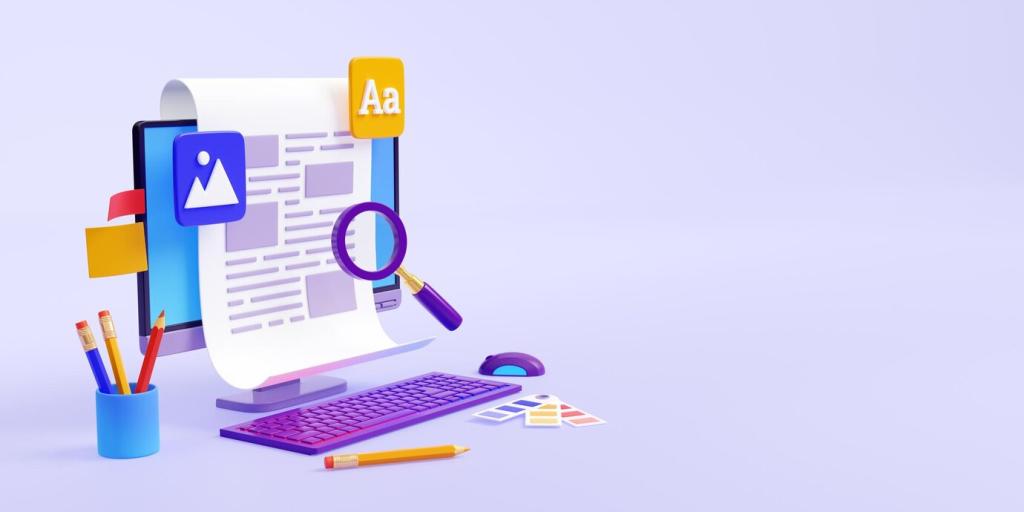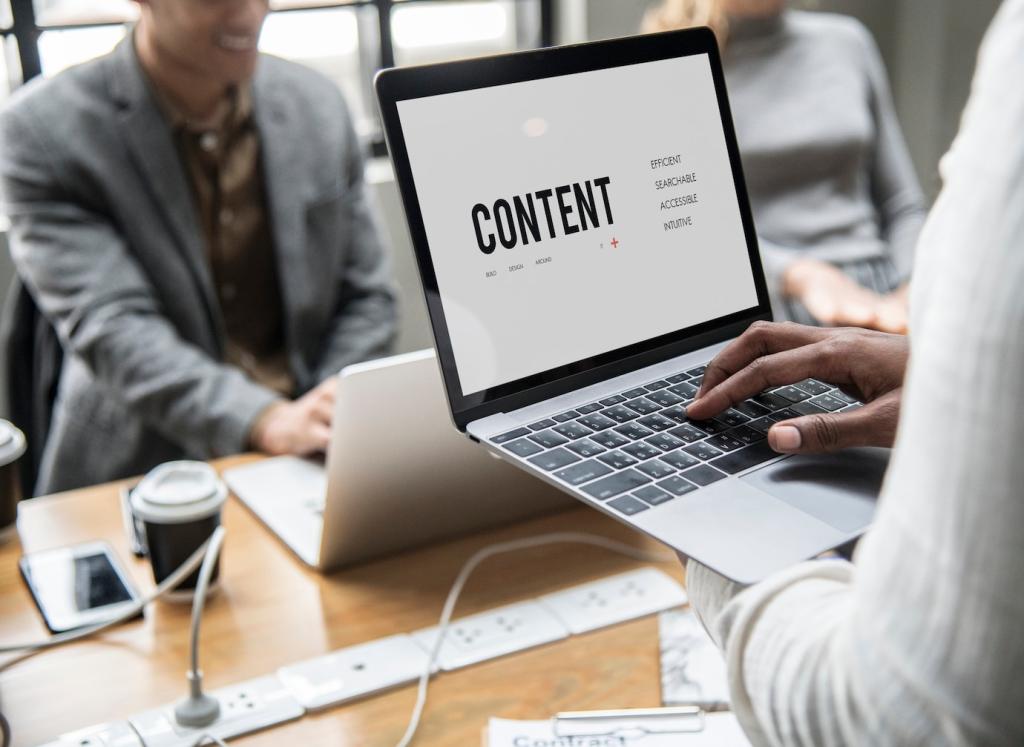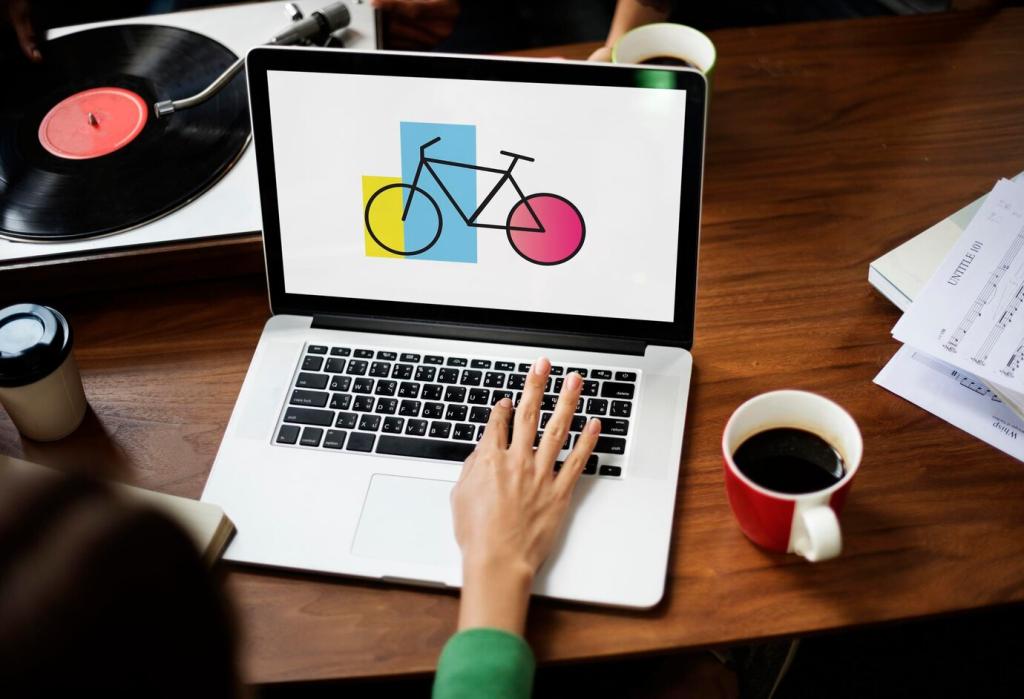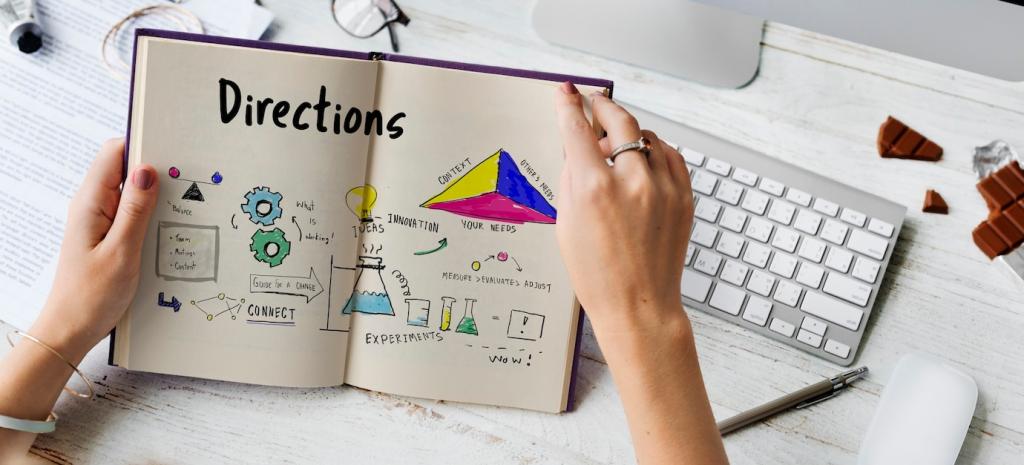Theme of this issue: Using Visuals to Enhance Interior Design Copy. Discover how images, mood boards, and renderings can breathe life into words, clarify style intentions, and inspire action. Join the conversation, share your examples, and subscribe for ongoing creative tactics.
Lead With a Hero Image That Sets Expectations
Open your page with one compelling shot that communicates mood, palette, and purpose. Then let the first paragraph mirror its energy, referencing specific materials and sightlines readers can recognize instantly. Invite readers to comment on the mood they feel.
Use Mood Boards to Anchor Messaging
Translate a mood board’s textures and colors into verbs and adjectives your audience can almost touch. If the board whispers coastal calm, write with airy spacing and soft descriptors. Ask readers which swatch best represents their ideal sanctuary.
Find Focal Points and Build Headlines Around Them
Spot recurring visual motifs—arched doorways, ribbed oak, oxidized brass—and elevate them into headline hooks. When visuals echo in copy, memory sticks. Encourage readers to share their favorite detail in the featured image and why it matters.
Choosing the Right Visual for Each Room Story
Wide shots reveal circulation, seating, and sightlines; close-ups show the hand of the fabric. Write about movie nights, afternoon light, and the quiet invitation of a low, linen sofa. Ask readers how they host and what layout supports them best.


Choosing the Right Visual for Each Room Story
Photograph the triangle of stove, sink, and prep space; highlight lighting over islands and hardware finishes. In copy, describe the rhythm of chopping, plating, and lingering. Invite subscribers to share their go-to lighting temperature for late-night cooking.
Designing Copy Around Composition, Light, and Color
When a photo leads the eye left to right, structure your paragraph similarly, guiding readers through elements in sequence. Mirror symmetry with balanced clauses. Invite readers to spot the first element their eyes land on.


Designing Copy Around Composition, Light, and Color
North light speaks differently than sunset glow. Note shadows, diffusion, and reflections to craft atmosphere. Use verbs like “wash,” “pool,” and “spill.” Ask readers to vote: warm dimmers or crisp daylight bulbs for their workspace?
Rotate only one variable at a time—image angle, crop, or headline verb—so learnings stay clean. Keep styling consistent. Invite subscribers to join our monthly test panel and influence which images make the final cut.
A/B Testing Visuals With Copy for Clarity and Conversion
Case Stories: When Pictures Rewrote the Paragraph
A concrete loft read cold until we swapped wide, gray shots for close-ups of wool throws and amber pendants. Copy shifted from “industrial edge” to “gathered glow.” Engagement doubled. Share your favorite warmth-adding detail in a minimalist space.
Case Stories: When Pictures Rewrote the Paragraph
We trimmed twenty photos to six, each with a single purpose: arrival, lounge, suite, bath, bar, terrace. Concise copy mirrored the itinerary. Bookings rose. Tell us which single photo would convince you to stay the night.


Workflow: From Shoot to Sentence
We define audience needs, hero features, and brand tone, then build a shot list that captures proof for every promise. Readers, want our shot list template? Subscribe, and we’ll send the editable version to your inbox.
Workflow: From Shoot to Sentence
Writers shadow the photographer, recording sensory impressions and designer quotes tied to exact frames. Later, captions reference those moments. Share whether you prefer candid process imagery or polished finals when learning about design.
Workflow: From Shoot to Sentence
As retouchers refine color and perspective, writers tighten verbs and rhythm. Everything synchronizes in the CMS with alt text and metadata. Comment if you want a deep dive on alt text that reads beautifully and inclusively.
